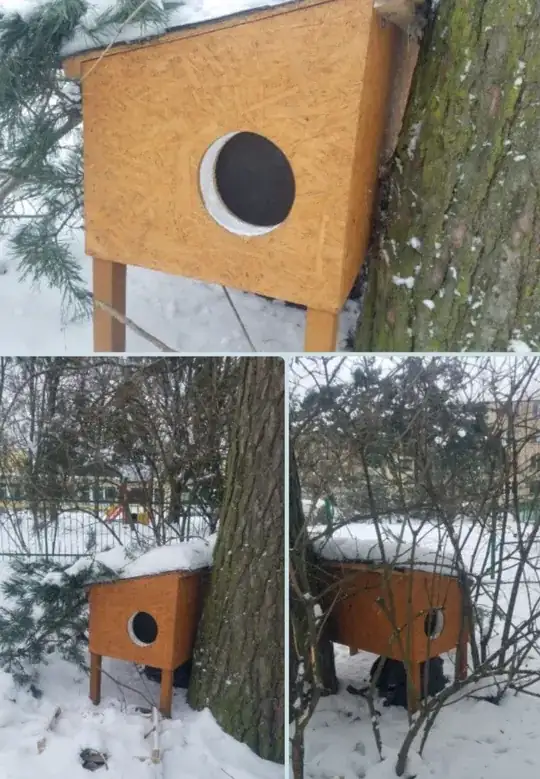I just got a visit from the neighbour's cat again. He likes me, but doesn't fancy his owner too much. She might not be downright abusing him, but I think he prefers to be out from the house, even if it's cold outside.
It was almost −8 °C just now. I, a human in t-shirt and comfortable pants, freeze just from having the balcony door open for a few seconds...
I feel extremely bad when I notice that he's out there even in the middle of the night and in such cold weather. I really wonder to what extent he freezes.
The cat is overall very (almost surprisingly) healthy-seeming and strong. Nice fur. No visual damage and seems very agile. He also wanted to go out again on his own after a while, but I suspect that it may be partially because he's afraid of my now-gone cat who he did not get along with, even though both cats liked me a lot. (Perhaps that just added to the cat conflict...)
At what point does it go from "the cat is probably freezing, but he'll cozy up in his little bed on their balcony and it'll just be a bit chilly" to "this cat is in serious danger"? After all, cats are covered with fur, and at this point must have evolved familiarity with this cold climate here. It's not like it's an imported cat race straight from Egypt or something.
I very easily feel sorry for both animals and humans, so maybe I'm exaggerating. I'm convinced that he is not out 24/7, but gets to be indoors every day at least for a while. He pretty clearly gets enough food.
At what temperature should I be alarmed? Is -8 °C already too cold? And if so, what exactly should I do? The person in question isn't exactly evil, but a bit... weird. I don't want her to even suspect that I feel sorry for her cat, because I fear that she might start mistreating him just out of spite then...
